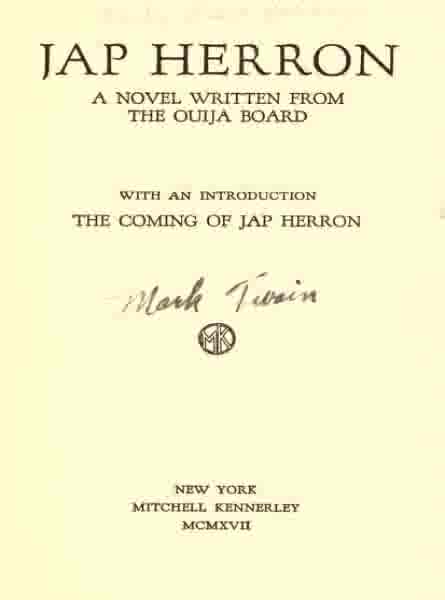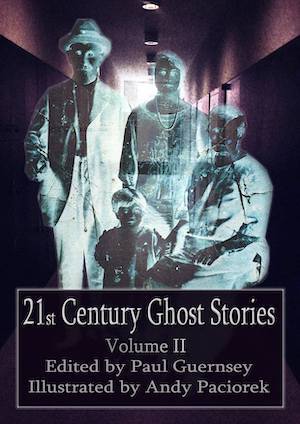
The Novel Jap Herron Was Allegedly Dictated By The Ghost Of Mark Twain. Its Publication Inspired A Lawsuit.
Ouija Board Dictation: Another Kind Of Ghost Writing
After the Ouija board became popular in the late 19th and early 20th centuries, it was only a matter of time before enterprising people got the idea to ask spirits to help them write books. Some of the spirits obliged, and the result was a small but interesting selection of literature—all fiction of course.
The most notorious case of literal ghost writing occurred with the 1917 publication of Jap Herron: A Novel Written from the Ouija Board, which Emily Grant Hutchings alleged had been dictated to her by the ghost of Mark Twain. (The Huckleberry Finn author died in 1910.) Not only did critics trash the book’s literary quality, but Twain’s estate and his publisher both objected to the claim that he had written it from beyond the grave. Jap Herron was eventually withdrawn from publication, and most copies were destroyed.
At around the same time the Twain controversy was boiling, a ghost named Patience Worth was being cited as one of the most outstanding authors of 1918 by a prominent New York literary organization, and The New York Times hailed the first of Worth’s seven novels as “A feat of literary composition.” Patience—who said she had come to America from England in the late 1600s, only to be killed by Indians—had supposedly been using a Ouija board operated by Pearl Lenore Curran to channel her novels along with stories and poetry. Of course, throughout Patience Worth’s career, there were allegations that Curran herself was responsible for the writing—but no one was ever able to definitively debunk the existence of Patience. Unfortunately, none of her work remained popular much beyond the 1920s.
Much more recently, the 1983 National Book Critics Circle Award went to poet James Merrill, who said that his 560 page epic poem, The Changing Light at Sandover, had been transcribed from 25 years of Ouija board dictation channeled to him by a number of spirits. Merrill died in 1995.

